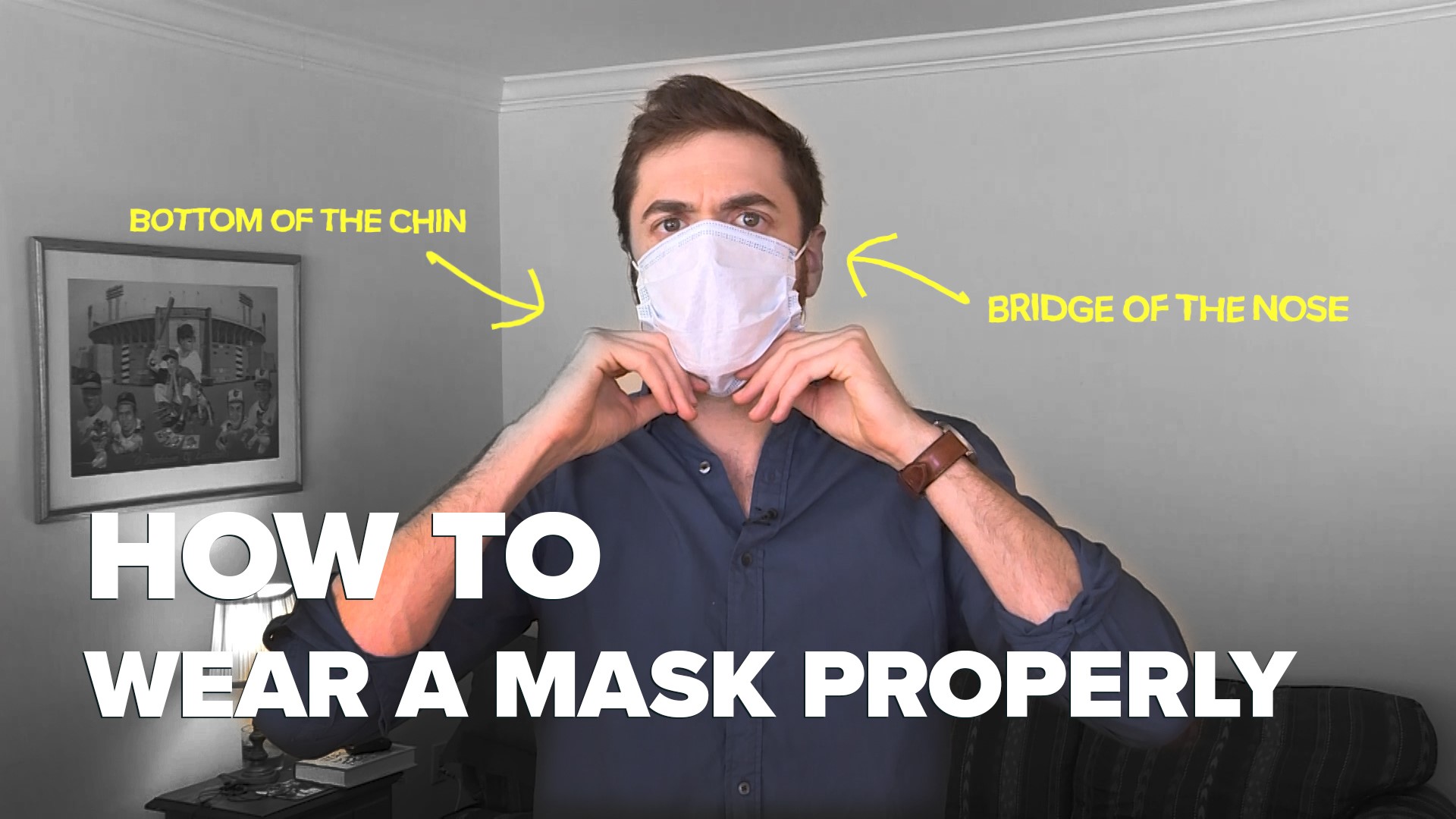A study published on May 13 by the Proceedings of the National Academy of Sciences (PNAS) found that loud speech can produce thousands of oral fluid droplets per second. What does that mean for the spread of COVID-19?
THE QUESTION
Can the coronavirus be transmitted by speaking?
THE ANSWER
Yes it could. It depends on how loud a person speaks, whether that person is infected or not and how close individuals are to each other, among other facts. It’s a possibility that needs more evidence.
WHAT WE FOUND
The experiment shows how droplets disappear from view between 8 to 14 minutes in a closed air environment. This suggests the possibility of normal speaking being able to cause airborne virus transmission in reduced spaces.
The study consisted in the pronunciation of certain words that are efficient generators of “oral fluid speech droplets," the research says.
We contacted the National Institute of Diabetes and Digestive and Kidney Diseases, the National Institutes of Health department behind the study. They explained that while they were able to confirm the generation of particles by speaking, they can’t say for sure if speech can transmit COVID-19.
“There is no good quantitative way to describe the probability of someone getting infected, as it varies enormously from case to case. It’s likely that concentration of particles may be higher in the vicinity of a speaker and some COVID-19 carriers may have higher concentrations of virus in their saliva relative to the example used in this study. Differences in air currents also affect how long droplets may remain in the air.” a spokesperson explained.
A Centers for Disease Control and Prevention spokesperson told us that while transmission happens primarily via respiratory droplets produced when the infected person speaks, coughs, or sneezes, they’re also considering something simple like singing, which is a form of speaking loudly “which is enough to generate aerosols that can spread the infection to others, as we’ve seen in recent studies."
The World Health Organization, on the other hand, said in a statement that while COVID-19 is transmitted by droplets, “These droplets are too heavy to hang in the air. They quickly fall on floors or surfaces. This is why WHO recommends that everyone continue to follow basic protective measures against COVID-19.”

